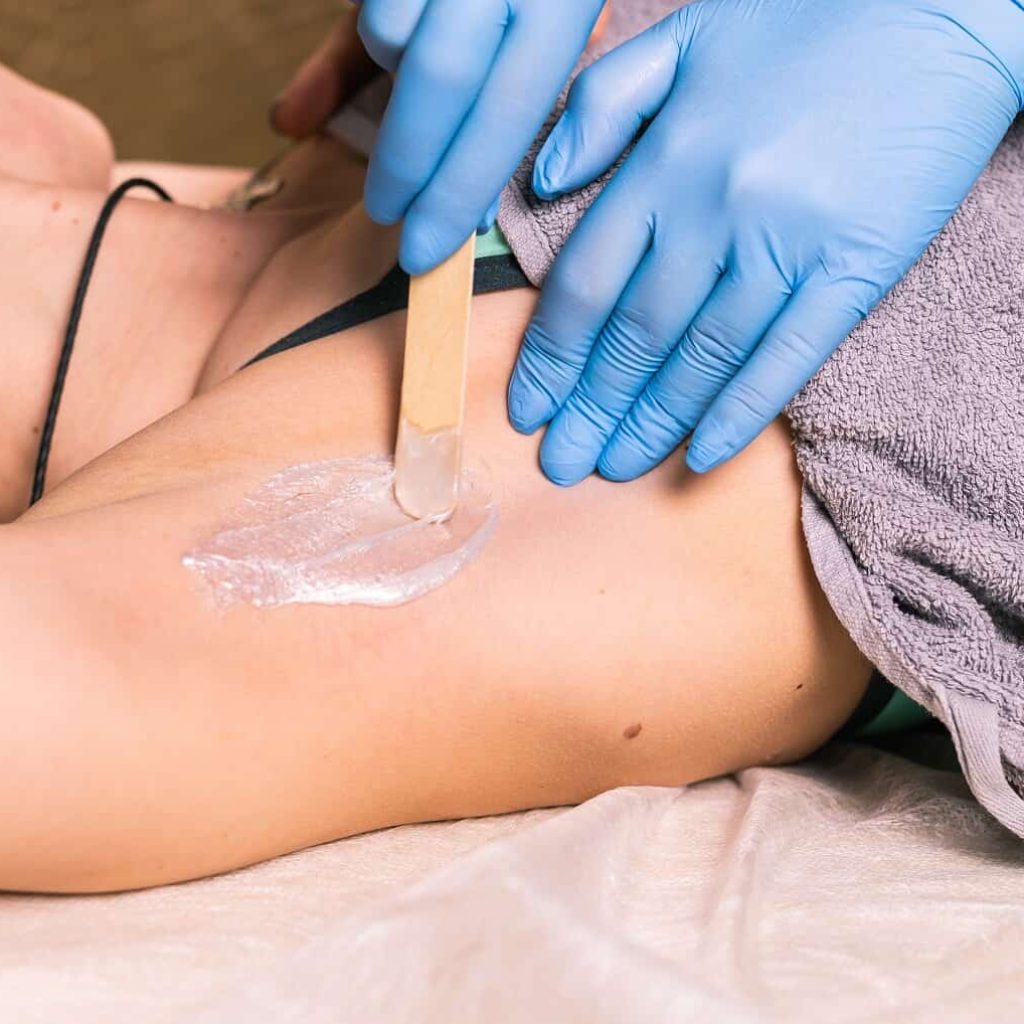Grasping the Art of Waxing: Important Tips for a Painless Hair Elimination Experience
In the realm of personal grooming, understanding the art of shaving is an ability that can considerably enhance one's hair removal experience. From pre-waxing preparation to selecting the best wax and grasping proper waxing techniques, the journey to a painless shaving experience is paved with knowledge and competence.
Pre-Waxing Preparation
Prior to undertaking a waxing session, it is important to appropriately prepare your skin to decrease pain and attain ideal hair removal outcomes. Begin by scrubing your skin a day or more prior to your consultation to eliminate dead skin cells and stop in-grown hairs. This action aids the wax adhere far better to the hair, guaranteeing a much more reliable removal procedure. Stay clear of moisturizing on the day of your waxing session as it can produce an obstacle between the wax and your hair, leading to less effective results. Additionally, it is recommended to trim your hair to about a quarter of an inch before waxing to avoid unnecessary discomfort during the treatment.
Additionally, it is vital to cleanse your skin extensively prior to waxing to eliminate any oils, creams, or dust that can hinder the wax's capacity to hold the hair. This step not just enhances the performance of the waxing process however likewise helps lower the danger of post-waxing outbreaks - Laser Hair Removal. By following these pre-waxing prep work steps, you can ensure a smoother and more comfortable hair removal experience

Selecting the Right Wax
Picking the appropriate type of wax is important for making sure a successful and comfy hair removal procedure. There are numerous types of waxes readily available, each accommodating various skin types and hair appearances. Both major groups of wax are hard wax and soft wax. Hard wax is appropriate for sensitive areas like the face, underarms, and swimwear line as it adheres only to the hair, making it less uncomfortable for these fragile areas. On the various other hand, soft wax is perfect for larger areas like legs and arms as it is applied very finely and gotten rid of with cloth strips.
When selecting a wax, consider your skin sensitivity, hair density, and the area you intend to wax. For those with delicate skin, hypoallergenic waxes with included relaxing agents like chamomile or aloe vera can help in reducing irritability. Crude hair might require a wax specifically formulated for strong hair elimination. Additionally, if you are new to waxing, it may be helpful to start with a gentle formula to assess your skin's response prior to trying much more potent choices. look at more info Consulting with an expert esthetician can likewise provide important understanding right into the very best wax for your private needs.
Proper Waxing Strategy
To start, it is essential to cleanse the skin thoroughly prior to applying the wax. Additionally, constantly ensure that the wax is heated to the appropriate temperature to avoid burns or ineffective hair removal. Using the wax in the direction of hair development and removing it against the hair growth helps to make sure that the hair is drawn from the origin, resulting in smoother and longer-lasting results.
Additionally, utilizing small sections of wax each time and pushing strongly on the wax strip prior to removal can assist boost the efficiency of the process. Last but not least, bear in mind to use mild pressure on the skin after waxing to soothe any type of discomfort and minimize inflammation. By following these proper waxing strategies, you can accomplish an extra successful and pleasurable hair removal experience.
Aftercare Tips
In addition, it's advisable to avoid tasks that might trigger excessive sweating, such as extreme workouts, quickly after waxing to stop more inflammation. If any kind of soreness or bumps linger after waxing, using a cold compress or aloe vera gel can aid minimize inflammation - Laser Hair Removal. Following these aftercare ideas vigilantly can make sure a comfortable and efficient waxing experience with long-lasting outcomes

Troubleshooting Common Issues
Another issue is in-grown hairs, where hair swirls back or grows sidewards right into the skin after waxing. Furthermore, if you experience bruising or redness after waxing, using a cold compress can decrease inflammation and calm the skin. By dealing with these typical waxing concerns proactively, you can enhance the overall effectiveness and comfort of your hair elimination routine.
Conclusion
To conclude, mastering the art of shaving calls for proper preparation, selecting the right wax, utilizing the appropriate method, and adhering to aftercare ideas. By following these vital pointers, individuals can achieve a pain-free hair removal experience. Laser Hair Removal. It is very important to fix usual problems that might develop throughout the waxing procedure to guarantee a effective and comfortable end result. With technique and best site attention to detail, waxing can be an effective hair removal technique.
Furthermore, it is essential to cleanse your skin completely before waxing to eliminate any kind of oils, lotions, or dirt that might interfere with the wax's capability to hold the hair. The 2 main classifications of wax are difficult wax and soft wax.When selecting a wax, consider your skin sensitivity, hair density, and the area you prepare to wax.Furthermore, utilizing small sections of wax at a time and pushing securely on the wax strip prior to removal can aid boost the effectiveness of the process. After waxing, it's vital to maintain the waxed area tidy and cost-free from irritants.